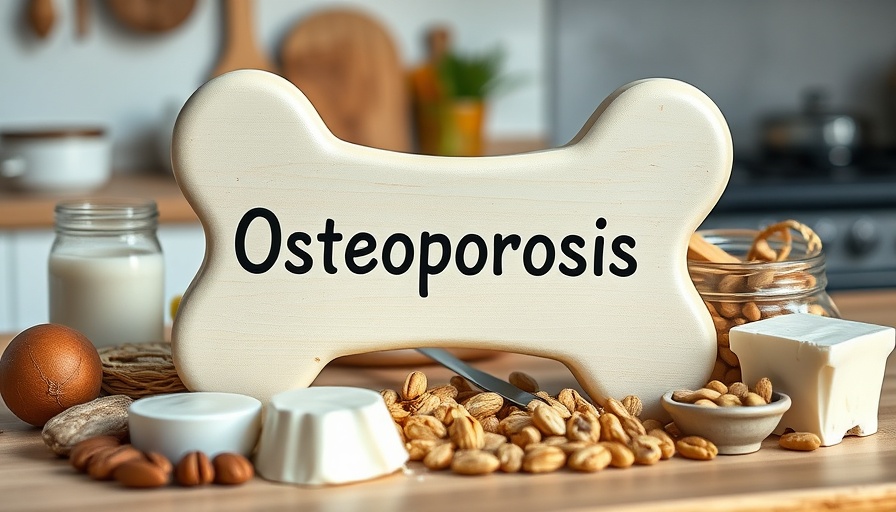
Understanding the Connection Between Liver Cirrhosis and Bone Health
Liver cirrhosis, a condition marked by severe liver damage and scarring, has profound effects on various systems in the body. Recent studies have highlighted a worrying link between cirrhosis and the risk of developing osteoporosis, a disease characterized by low bone mineral density (BMD) and increased fracture risk. These findings necessitate further attention to bone health in patients suffering from cirrhosis.
The Rising Challenge of Osteoporosis Among Cirrhotic Patients
A systematic review published in BMC Gastroenterology analyzed data from over 76,000 cirrhotic patients and found that individuals with liver cirrhosis exhibit a significantly higher risk of osteoporosis (OR = 1.93) and fracture (OR = 2.30). The study demonstrated marked reductions in BMD in cirrhotic patients compared to healthy controls, with notable decreases noted at the lumbar spine and femoral neck. This alarming trend is particularly notable given the general lack of awareness and screening for osteoporosis in liver disease patients.
Critical Risk Factors and Their Implications
Understanding the risk factors associated with osteoporosis in patients with cirrhosis is essential for prevention and management strategies. Age, gender, and comorbid conditions contribute to the susceptibility to bone density loss. Interestingly, the risk is elevated in women and older adults, highlighting the need for proactive screening protocols for this demographic.
The Need for Proactive Screening
The findings from these studies emphasize the necessity for policymakers and healthcare providers to integrate bone health assessments in routine care for cirrhotic patients. Regular screening using tools like the FRAX® algorithm, which estimates the 10-year fracture risk based on multiple clinical parameters, can be invaluable in identifying individuals at high risk and facilitating timely interventions.
Current Guidelines and Recommended Practices
Despite the clear association between liver cirrhosis and increased fragility fractures, clinical guidelines for bone health screening in cirrhotic patients are often lacking. Existing recommendations from gastroenterology and hepatology societies suggest a DXA scan for all cirrhotic patients, yet the practicality and necessity of such universal screening can be difficult. Tailoring these guidelines based on individual fracture risk scores may provide a more efficient and cost-effective approach.
Nurturing Patient Awareness and Advocacy
For patients with liver cirrhosis, understanding their increased risk of osteoporosis and fractures allows for better self-advocacy regarding their health. Education on modifying risk factors, such as weight management and lifestyle changes, coupled with routine monitoring of bone health, can substantially enhance patient outcomes. Remember that proactive care can significantly improve quality of life.
The Future of Osteoporosis Management in Cirrhosis Patients
As our understanding of the intersection between liver disease and bone health evolves, more targeted therapies and preventive strategies are expected to emerge. Research continues to explore the best practices for managing osteoporosis risk and improving bone health in cirrhotic patients, ensuring they receive the comprehensive care they deserve.
In conclusion, given the prevalence of osteoporosis in cirrhosis, healthcare professionals are urged to prioritize bone health assessments and implement necessary interventions to mitigate fracture risk.
 Add Row
Add Row  Add
Add 




Write A Comment